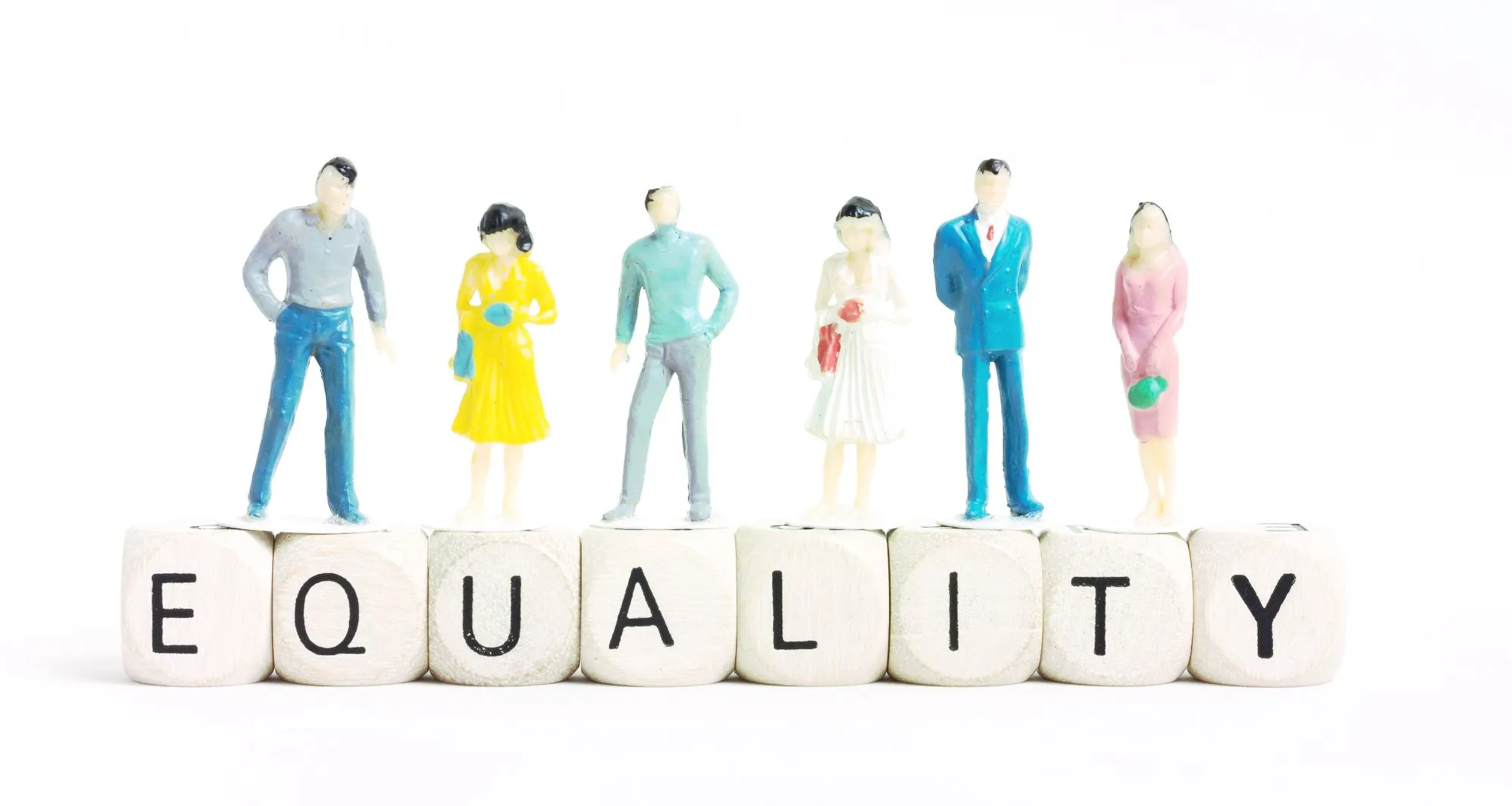Women India Transforming Through Girl Power ?


INTRODUCTION
In India, a hundred sixty-five million girls over the age of 15 are illiterate, and simply forty-nine of the girl’s proportion with inside secondary academies. In this blog, we’ve anatomized the state of womanish education in India and the numerous hurdles that ladies encounter in carrying a good education. It also goes through measures being made to address these challenges, as well as major actors in the assiduity and where backing may help.
Due to wide societal and artistic prejudice against women, ladies in India are constantly denied an education. Investing in womanish education, on the other hand, has significant societal benefits, similar to smaller families and a lower threat of domestic violence, bettered vaccination, lower invigorated mortality rates, and a bigger, advanced-quality pool.
To comprehend the current dilemma of ladies and womanish education in India, particularly in pastoral areas, it’s necessary to fete that prejudice has deep artistic and societal origins. ladies are routinely denied access to education, and artistic morals girding puberty constantly help them from leaving their homes and communities to attend seminaries or sodalities.
What’s the Women’s Commission?
The notion of a women’s commission was first proposed in 1985 at the Nairobi International Women’s Conference. Women’s Commission begins with womanish education, which helps them to acclimatize to difficulties, face their conventional places, and alter their lives. As a result, we mustn’t overlook the value of education in terms of women’s commissions.
Women’s Commission, according to the United National Development Fund for Women (UNIFEM), entails
• Gaining knowledge and mindfulness of gender relations and the styles in which these relations may be altered.
• Acquiring a sense of tone- worth, faith in one’s capability to prompt asked changes, and the capability to direct one’s own life.
• Having the capability to make opinions gives you negotiating power.
• perfecting one’s capacities to organize and impact social change to achieve a more just social and profitable order on a public and worldwide scale.
Hence, commission refers to a cerebral sense of particular control or influence, as well as a concern for factual social influence, political authority, and legal rights!


Education Is an Important Tool for Empowering Women!
In any community, state, or country, the women’s commission is critical. In a child’s abecedarian life, it’s a woman who performs a prominent part. Women have a significant part in our culture. Women’s commission via womanish education might affect a good station shift. As a result, it’s critical for India’s socio-profitable and political development.
The Indian Constitution enables the government to take affirmative action to encourage women’s commissions. womanish education has a huge impact on their lives. Women’s commission is a global problem, and multitudinous sanctioned and informal movements throughout the world focus on women’s political rights.
Why Should We Invest in Female Education?
Education empowers ladies to make better life opinions and improves their health, with positive consequences for their families and society as a whole.Any society’s true growth and enhancement are unattainable if ladies are barred. unborn social and profitable pretensions are largely reliant on the current state of women. individualities, families, and society as a whole gain from womanish education, which produces some of the stylish returns of any development investment. Women have the power to impact their families and communities in ways that have no way has been seen ahead.


Why Is Female Education Important?
unborn generations ’ health is inextricably connected to the current physical state of ladies and women. Each time a woman remains in education, her child mortality drops by 8. These are some of the innumerous reasons why is womanish education important
lower families As ladies’ and women’s status improves( including, but not limited to, further training, women have smaller children.
Increased Immunization Data from numerous nations suggests that knowledgeable girls are much more likely to immunize their children.
Educated mothers are 50 more likely than illiterate maters to immunize their children.
Lower invigorated mortality There’s a clear link between under-5 mortality and poverty.
The lower threat of violence Women with lesser situations of education was less likely to be subordinated to physical or sexual violence by their mates.
Trends and pointers
Almost One in Every Two Women in India Can now no longer Read or Write, Performing a Total of one hundred sixty-five Million Illiterate Women.
India has the loftiest proportion of illiterates of any country on the earth, with nearly doubly as numerous women as males. The public average womanish ignorance rate( age 15 and aged) is 45.5 percent, whereas the manly ignorance rate is 23.1 percent( UNFPC, 2009). nearly one in every two women in India is illiterate.
roughly 82 Percent of Ladies in the First Grade Dropout Before They Reach the Age of Fifteen.
Although the government now states that at the primary position India has achieved 82 registration, this isn’t a suggestion of regular attendance.
According to government sources, there are primary seminaries within one kilometer of 94 of India’s population. still, despite this fairly good access, ladies ’ attendance is extremely low, as illustrated by the below drop-eschewal rates. These powerhouse numbers are more reflective of the situation of womanish education than looking at registration situations in insulation.
The School System as a Whole Is Failing Ladies
Indeed when a lady can enroll in the academy, a substantial maturity of ladies in primary academy classrooms warrants introductory numeracy and reading capacities. According to a 2006 World Bank report, 50 of 10- the time-old children polled were unfit to read, and 28 of 11 – 12- time-old scholars were unfit to complete two- number deduction. This easily indicates the situation of womanish education in our country.
Takeaway
Ladies have the same right to the occasion, knowledge, profitable and social involvement, and freedom from violence as boys. harmonious sweats can make a difference in the field of womanish education. There are some creative results to the challenges that girls face in the academy. We can insure that the power of every woman to ameliorate her family and society is exercised and used to transfigure India with the proper backing and a focus on spanning up the topmost ideas.
Written by Akash Mal



